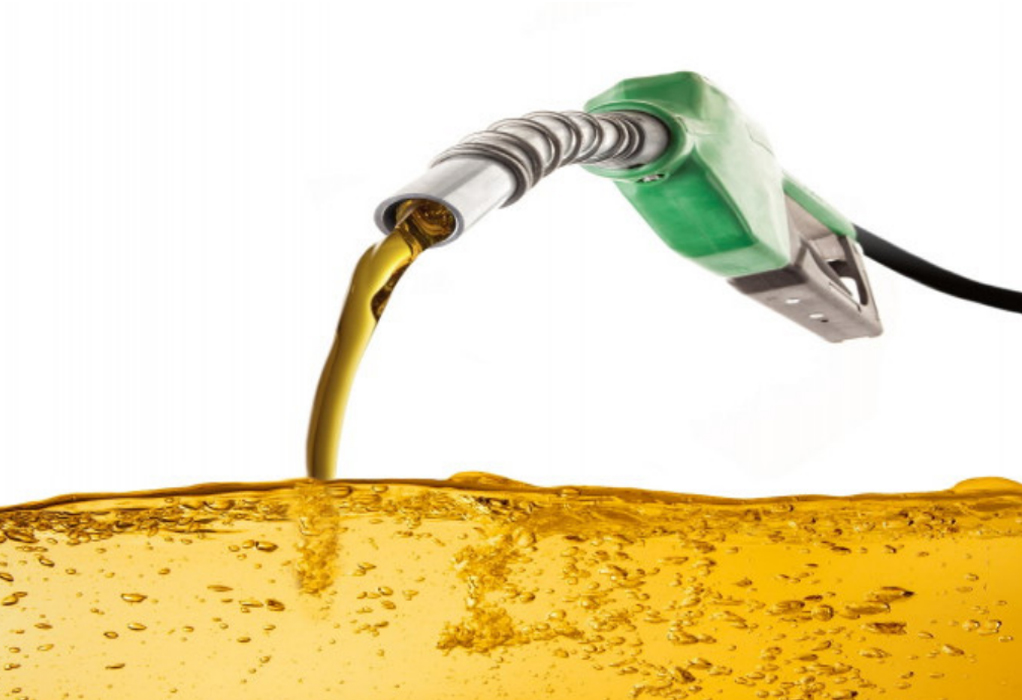Researchers at the University of Cambridge have developed a solar-powered technology that replicates the process of photosynthesis to convert carbon dioxide (CO2) and water into liquid fuels. The highlight of the research is these fuels can directly power a car’s engine without any modifications – a so-called “drop-in” fuel.
The technology leverages photosynthesis, the natural process by which plants convert sunlight into food. It manages to replicate this natural process, using the Sun’s power to convert CO2 and water into multicarbon fuels – ethanol and propanol – in a single step. These fuels pack a high energy density and can be easily stored or transported.
The solar fuels developed by these researchers produce netzero carbon emissions and are completely renewable, and unlike most bioethanol, they do not divert any agricultural land away from food production.
Bioethanol has long been touted as a cleaner alternative to petrol since it is made from plants instead of fossil fuels. Notably, many cars and trucks on the road today run on petrol containing up to 10% ethanol. The United States is the world’s largest bioethanol producer: almost 45% of all corn grown in the U.S. is used for ethanol production, according to the U.S. Department of Agriculture.
Cambridge’s research team has been developing sustainable, zero-carbon fuels inspired by photosynthesis using artificial leaves. So far, these artificial leaves have only been able to make simple chemicals, such as syngas – a mixture of hydrogen and carbon monoxide that is used to produce fuels, plastics, and fertilizers. However, it would need to be able to produce more complex chemicals directly in a single solar-powered step to make the technology more practical.
Now, the artificial leaf can directly produce clean ethanol and propanol without the need for the intermediary step of producing syngas. For this, the researchers developed a copper and palladium-based catalyst optimized in a way that allowed the artificial leaf to produce more complex chemicals, specifically the multicarbon alcohols ethanol, and n-propanol.
Researchers from other groups have been able to produce similar chemicals using electrical power. But this is the first time that such complex chemicals have been produced with an artificial leaf using only the energy from the Sun.
Although the technology is still at the laboratory scale, the researchers say their ‘artificial leaves’ are an important step in the transition away from a fossil fuel-based economy. The team is working to optimize the light absorbers to better absorb sunlight and optimize the catalyst to convert more sunlight into fuel. Further work will also be required to make the device scalable so that it can produce large volumes of fuel.
Tags: CO2, Liquid Fuels, Photosynthesis, Researchers, University of Cambridge



Recent Posts
APM Terminals Pier 400 Deploys Largest Electric Terminal Tractor Fleet at Port of Los Angeles
Smart Freight Centre and PragmaCharge launch Electrification Program for Europe’s busiest road freight corridor, between Poland and Germany
Kongsberg Maritime secures thruster contracts from Sanmar Shipyards for 17 tugs
SECI’s Green Ammonia Tender Poised to Unlock Hydrogen Economy, with Potential Ripple Effects for Maritime Sector
Adani Breaks Ground with Landmark 5 MW Off-Grid Hydrogen Facility
FIMI and Deloitte Release Report on Cleaner Vehicle Adoption in Indian Mining Sector
NTPC Deploys Hydrogen Fuel Cell Buses in Leh, Marks India’s First Commercial Hydrogen Mobility Project
Provaris and K LINE Sign MOU to Advance Hydrogen Shipping Solutions